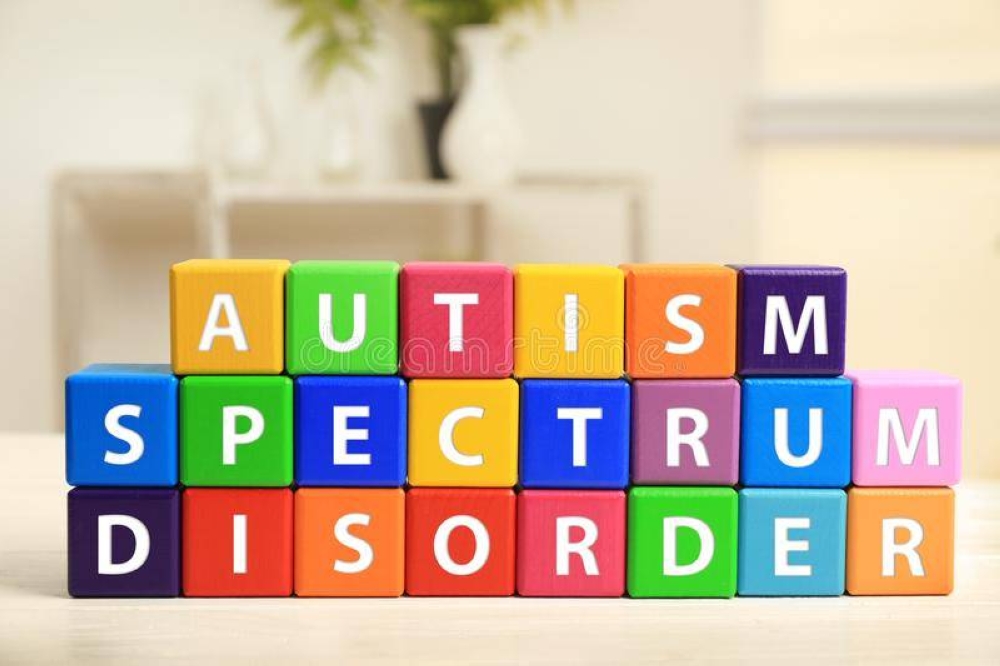Understanding Autism across the spectrum

Autism is a commonly known disorder in the world where around 1 percent of world's population (75,000,000 thousand) people are diagnosed with.
According to Centre for Disease Control (CDC) in United States, the incidence of autism are at 1 in 68 children and that would mean approximately 9000 children in Malaysia are born with autism every year.
That is not a small amount where innocent kids are diagnosed with such disorders especially in Malaysia. Parents are asked to take an extra special care on these kids as they are very fragile in many ways.
Autism spectrum disorder (ASD) is a development disability caused by differences in the brain. People with ASD often have problems with social communication and interaction and restricted or repetitive behavious or interests.
People with ASD may also have different ways of learning, moving or paying attention. It is important to note that some people without ASD might show these traits:
Social Communication and Interaction Skills
-Avoids or does not keep eye contact
-Does not show facial expressions like happy, sad, angry, and surprised by 9 months of age
-Uses few or no gestures by 12 months of age (for example, does not wave goodbye)
-Does not notice when others are hurt or upset by 24 months of age
-Does not sing, dance, or act for you by 60 months of age
Restricted or Repetitive Behaviors or Interests
-Lines up toys or other objects and gets upset when order is changed
-Repeats words or phrases over and over (called echolalia)
-Gets upset by minor changes
-Has obsessive interests -Flaps hands, rocks body, or spins self in circles
Pediatric Clinical Psychologist who is also the Founder of Candid Conversations for Malaysian Clinical Psychologist Evelyn Ngui said autism is a neurodevelopmental condition.
"Which means that individuals with autism are born with differences in their brains that affect the way they interact with the world.
"Some common signs include (but are not limited to) maintaining eye contact, using non-verbal gestures, and repetitive or rigid behaviors," she said to Sinar Daily.
Is the number of Autism in Malaysia increasing or decreasing over the past years?
The Health Ministry found that diagnosed autism cases in 2021 for children aged below 18 rose 5 percent from the year before (2020) to 589 cases.
In comparison, only 99 cases were reported in 2010. Currently, the prevalence for autism is between one to two per 1,000 children.
"This could be due to one of two reasons which is increased awareness and reduced stigma for autism, and changes to the diagnostic criteria for autism.
"This means that parents and caregivers are more likely to bring their children for an autism diagnosis, and clinicians are able to diagnose the condition using specific criteria," she said.
What are the types of autism?
Based on the Diagnostic and Statistical Manual, Evelyn said conditions that were previously classified as forms of autism such as Asperger’s Syndrome, Autistic Disorder, Child Disintegrative Disorder, and Pervasive Developmental Disorder are now included in the umbrella of Autism Spectrum Disorder (ASD).
"For ASD, you may receive an additional classification of Level 1 (mild), Level 2 (moderate), or Level 3 (severe) based on presenting symptoms," she added.
Signs of Autism and what parents can do in the early stage.
According to Evelyn, some signs may include:
-lack of eye contact
-not pointing at items
-not responding when his or her name is called
-poor use of speech
-taking a long time to adjust to changes in the environment
These signs are not pervasive across all cases of autism, although parents are recommended to visit their pediatrician or clinical psychologist for intervention planning when noted.
"One thing to avoid is the 'Wait and see' approach, where conditions for children with autism may worsen without necessary therapy," she stressed.
Advice to parents who have autistic children as some parents are worried about their children's future mainly in education, environment and marriage life.
We live in a hopeful world where neurodivergents (people whose brain differences affects how it works) are being recognized and provided with the necessary care.
"Trust in the process that when adequate help and support is provided, your child with autism will be able to navigate through school, work, and relationships," said Evelyn.
What are the treatments to help those living with autism?
Just like any neurotypical children or adult (individuals without neurodevelopmental conditions), autistic patients would benefit from therapy that addresses different needs according to various stages of life.
During early childhood, they may require for occupational therapy to address sensory and attentional issues.
"Speech-language therapy may be helpful for autistic patients with speech delay or communicational problems," said Evelyn..
Early intervention (EIP) and applied behavioral analysis (ABA) programs may target adaptive and living skills with social components. In the later stages of life, autistic patients may require for psychological therapy to address stress from the way they view their world and learn coping strategies.
"To sum it up, autistic individuals may present with the similar needs as neurotypical individuals so seek the help you need at the right time," said Evelyn.















